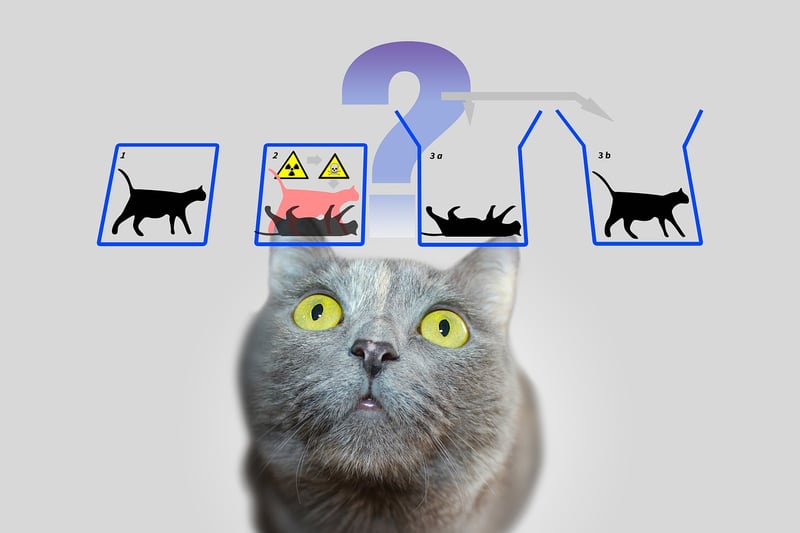Bootstrap Paradox
The Fascinating World of Time Conundrums and the Bootstrap Paradox
Time travel has long been a popular topic in science fiction, captivating audiences with its mind-bending possibilities and paradoxes. One such intriguing concept is the Bootstrap Paradox, a theoretical phenomenon that challenges our understanding of cause and effect within time loops.
What is the Bootstrap Paradox?
The Bootstrap Paradox, also known as a causality loop, occurs when an object or information is sent back in time and becomes trapped in an infinite cause-and-effect loop without a clear origin. In simpler terms, it raises the question: "which came first, the chicken or the egg?"
Example of the Bootstrap Paradox
Imagine a scenario where a time traveler goes back in time and gives a famous painting to an artist before they create it. The painting then becomes famous, and in the future, the same time traveler buys the painting and takes it back in time to give to the artist. In this loop, the painting has no discernible origin, creating a paradox.
Time Conundrums and Causal Loops
Time conundrums like the Bootstrap Paradox challenge our understanding of linear time and the concept of cause and effect. They highlight the complexities and potential inconsistencies that can arise when time travel is introduced into a narrative.
Implications and Speculations
The Bootstrap Paradox raises philosophical questions about free will, determinism, and the nature of reality. It sparks debates on whether events are predestined or if individuals can truly alter the course of time.
Conclusion
Exploring time conundrums like the Bootstrap Paradox can stretch our imagination and challenge our perceptions of time and causality. While purely theoretical, these concepts add depth and intrigue to the world of time travel fiction, inviting us to ponder the mysteries of the universe.

For more information on time travel and paradoxes, check out Wikipedia's article on the Bootstrap Paradox.
